The Many Faces of Kalterersee
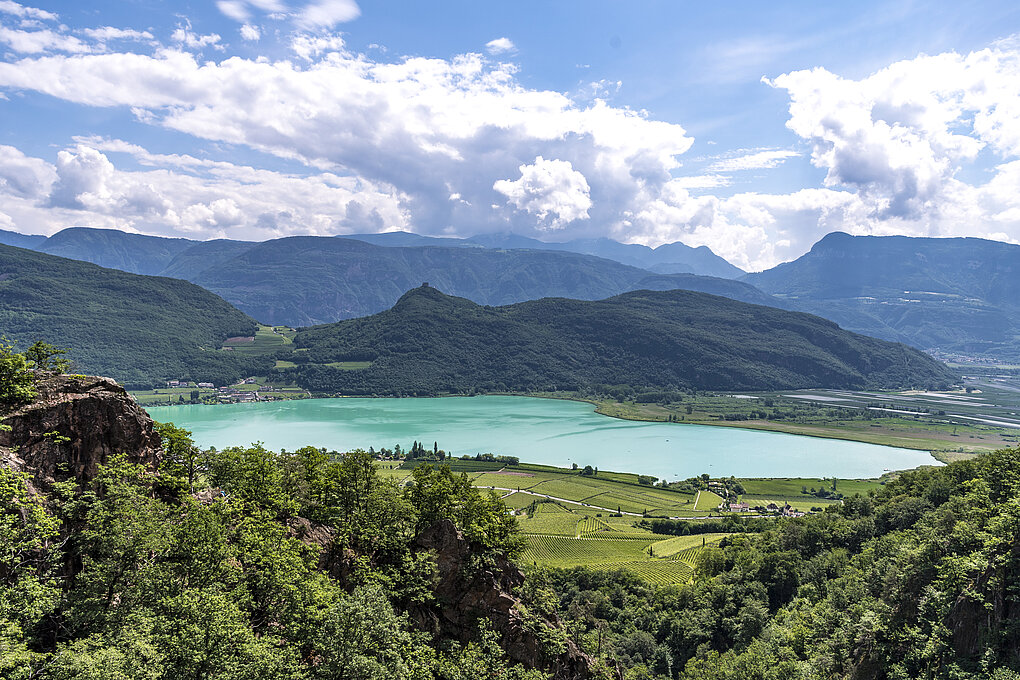
Kalterersee is Alto Adige-Südtirol’s oldest DOC zone, and the most fragrant and floral expression of Vernatsch in the region.

Kalterersee is Alto Adige-Südtirol’s oldest DOC zone, and the most fragrant and floral expression of Vernatsch in the region.
As a certified sommelier, Simon Staffler sniffs his way through the wine world - predominantly that of Italy – tasting, texting and teaching for Falstaff Magazine as well as many others. As a passionate cook he can never leave a good plate standing, and is willing to travel miles for a special wine or ingredient. A self-declared jack-of-all-trades, he fronted the band VINOROSSO for 10 years, has been known to add his two cents as a talk host on a local radio station, and has launched a beer brand with friends. Simon Staffler has been working for Wineline International since 2017. He lives in Merano downtown, Südtirol.
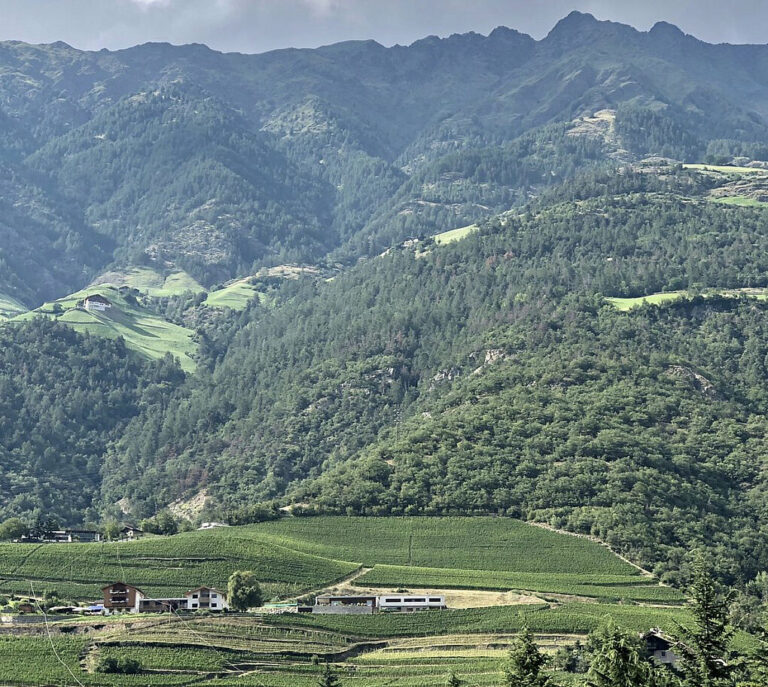
Trink Magazine | With forests, glaciers, and vineyards that soar above 1,300 elevation, the Vinschgau remains a bastion of true cool climate wines. By Valerie Kathawala
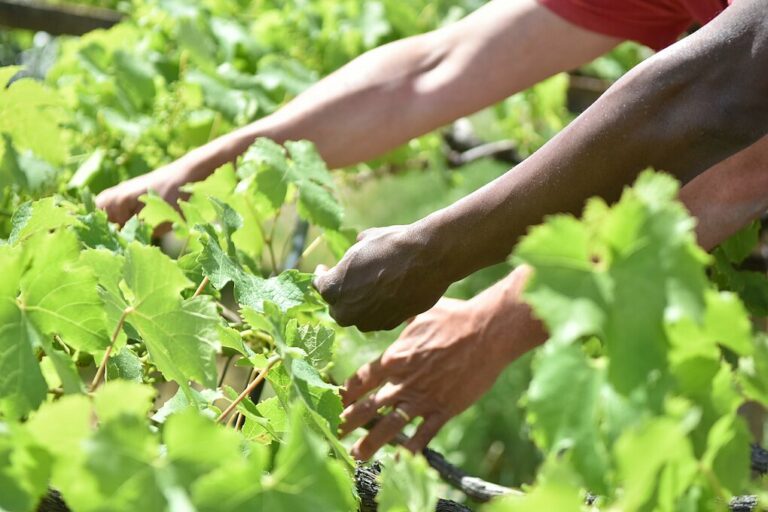
A tiny pilot project created by immigrants for immigrants is taking root in the small wineries of Alto Adige-Südtirol. V.I.T.E. — Viticulture Integration Training Empowerment — is an innovative partnership that grew out of shared need. A demographic shift in this Alpine corner of northern Italy is bringing with it a shortage of skilled vineyard workers. Where grandparents and cousins once pitched in, trained immigrants from around the world may begin to take up that role. According to organizers, the beauty of this public-private approach to addressing the gap between labor supply and demand is that it also fosters understanding…...
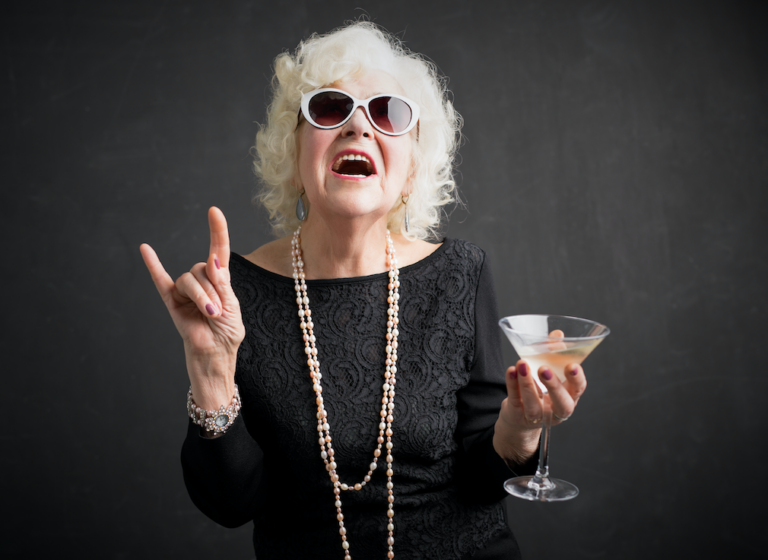
The view from the Gasthaus patio across the South Tyrolean valley is framed by lush vegetation and floral splendor. Three weeks ahead of schedule, nature has already reached peak blossom and seems literally bursting with fertility. Wherever you look, all that can grow, does. Bees buzz, butterflies flutter, and the inn is teeming long before even the first wave of spring tourists. The regional charcuterie board arrives with a bottle of Gewürztraminer, amplifying the unrelenting sensory euphoria of flowers, landscape, sunshine, and speck. Skeptics are the ones missing out because Gewürztraminer over the Alps has never been better. Back in Germany, where Gewürztraminer’s reputation…...
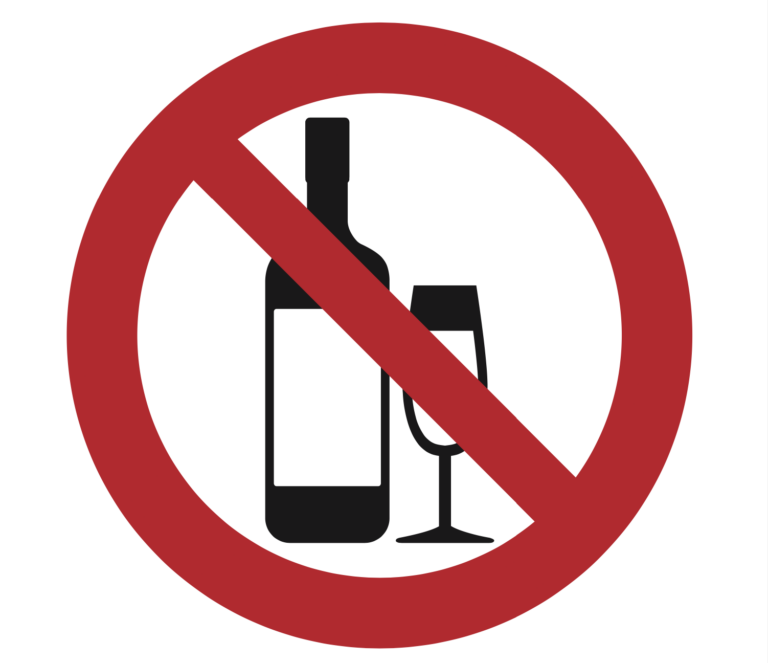
What does one drink, when one doesn’t drink? Isabella Steiner opts for an oat milk latte. On the sun-kissed, hipster corner of Berlin known as Paul-Lincke-Ufer, a line for almond croissants forms from a crowd that looks more house party than home office. Steiner takes her spot, her poodle-mix by her side. Steiner and her business partner, Katja Kauf, manage Nüchtern Berlin, a platform for “Sober Culture — Made in Germany.” It appears to tap into something even deeper than the global wellness trend. “The selection of non-alcoholic alternatives [in Germany] rose sharply in 2020,” says 32-year-old Steiner. “This year they…...
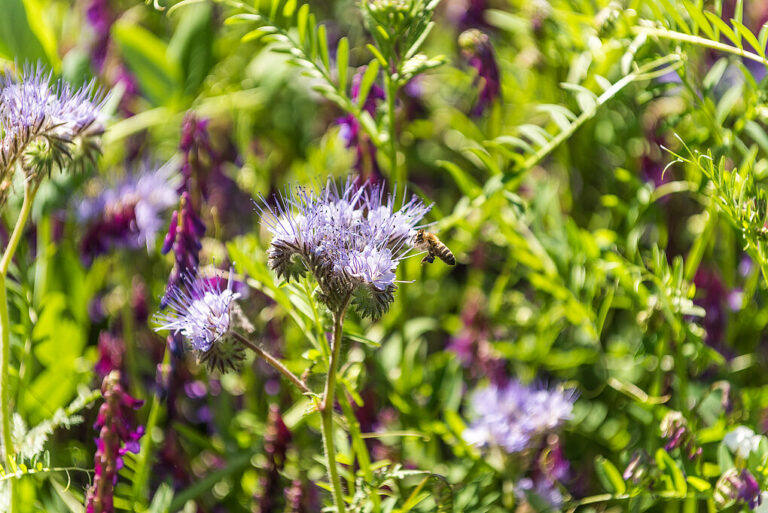
It starts with the soil. “I am passionate about the microbial world under our feet, and the key role it plays in the vine’s adaptation to climate change,” says agronomist Martina Broggio, a sustainable viticulture consultant in northern Italy, Tuscany, Marche, and Puglia. Since 2018, Broggio has been helping wineries in Alto Adige move in a regenerative direction. Regenerative Viticulture (RV) requires a significant paradigm shift within vineyard management, where soil is understood as a living environment rather than as a container for growing grapes. It envisions an ecosystem in which all parts of the vineyard, including roots and bacteria,…...
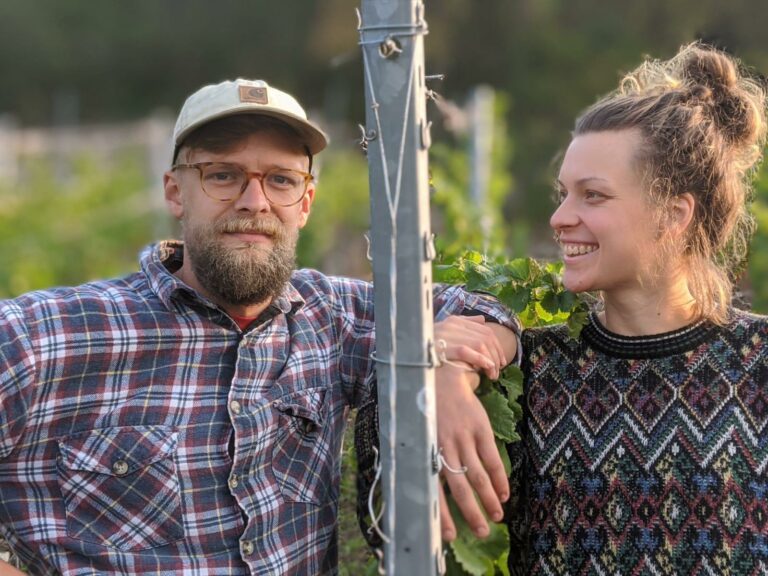
It’s hard to believe now, but Germany was once a divided country, and the East was a strange microcosm of icons of that era: Sandmännchen, Jungpioniere, and FKK-Kultur. Not to forget its sparkling ambassador, Rotkäppchensekt. Also hard to believe: a destination for wine fans has now arisen in the area between Chemnitz and Cottbus, Magdeburg and Dresden. And yet, from Berlin, the trip takes you almost 200 kilometers to the south, past Dessau and Lutherstadt Wittenberg, to a place whose name sounds to German ears disturbingly close to “Lauch” (leek). Laucha an der Unstrut has roughly 3,200 inhabitants, a bell museum, and one…...
Enjoy unlimited access to TRINK! | Subscribe Today